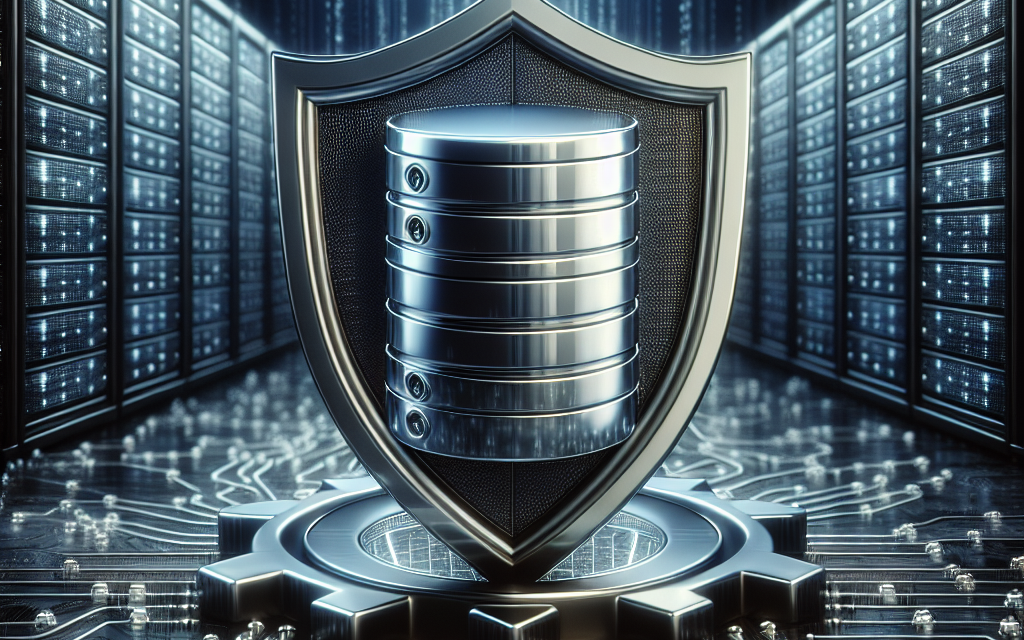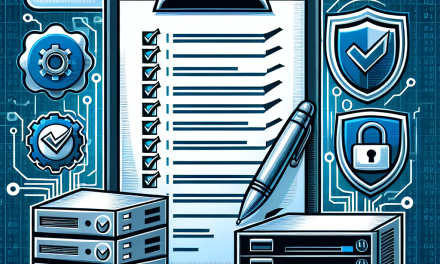In an age where data breaches and cyber threats are rampant, safeguarding sensitive information is more crucial than ever. Businesses must adopt robust security measures to protect their digital assets, especially those hosted on Windows Server environments. One of the most powerful features available for Windows Server is BitLocker, a built-in encryption solution that can help enhance data protection significantly. In this article, we will explore what BitLocker is, its benefits, and how to implement it effectively on Windows Server.
What is BitLocker?
BitLocker Drive Encryption is a full-disk encryption feature available in Windows Server starting from Windows Server 2008 and later. It encrypts the entire volume, making the data on the disk unreadable without proper authentication. The key benefits of using BitLocker include:
- Data Protection: Protects against unauthorized access to sensitive data.
- Hardware Security: Integrates with Trusted Platform Module (TPM) hardware to ensure a higher level of security.
- Compliance: Helps organizations meet regulatory requirements for data protection.
Benefits of Using BitLocker
-
Enhance Security: By encrypting the entire disk, BitLocker ensures that even if the server is physically compromised, the data remains protected.
-
Seamless Integration: Being a native tool within Windows Server, BitLocker is easy to deploy, configure, and manage without needing additional software.
-
Compatibility with TPM: Utilizing a Trusted Platform Module increases the security level by storing encryption keys securely.
-
Ease of Recovery: BitLocker offers recovery options, helping systems administrators to recover data quickly in case of hardware failure or forgotten passwords.
- Impact on Performance: BitLocker is designed to have minimal impact on system performance, allowing organizations to maintain productivity while ensuring data security.
Prerequisites for BitLocker
Before implementing BitLocker on your Windows Server, consider the following prerequisites:
-
Operating System Version: Ensure you are running Windows Server 2008 or later.
-
TPM Chip: If you intend to use TPM, your server hardware must include an enabled TPM chip.
-
Backup Important Data: Always create a backup of sensitive data before encryption, as the process can be risky if interrupted.
- Administrator Access: Ensure you have administrative privileges to install and configure BitLocker.
Steps to Implement BitLocker on Windows Server
Step 1: Enable TPM (if applicable)
- Go to Server Manager.
- Navigate to Configuration > Local Server.
- In the TPM section, check if TPM is enabled. If not, access your BIOS/UEFI settings to enable it.
Step 2: Access BitLocker
- Open Server Manager.
- Select Tools > BitLocker Drive Encryption.
Step 3: Encrypt a Drive
- In the BitLocker window, you’ll see all available drives. Select the drive you want to encrypt.
- Click on Turn on BitLocker.
-
Choose an authentication method:
- TPM (if enabled)
- Password
- USB Flash Drive (for manual unlocking)
- Follow the prompts to save your recovery key in a secure location. This key will be required if the primary authentication method fails.
Step 4: Start the Encryption Process
- Confirm your options, and click Start Encrypting.
- The encryption will take time, depending on the drive size and performance of your system. You can continue to use the server during this time.
Step 5: Managing BitLocker
- Once encryption is complete, monitor the status through the BitLocker Drive Encryption interface.
- Regularly update your recovery key and maintain backups of it in a secure location.
Best Practices for BitLocker Implementation
- Regularly Update Recovery Keys: Rotate keys periodically and store them securely to avoid being locked out of sensitive data.
- Use Group Policies: If managing multiple servers, consider using Windows Group Policy to enforce BitLocker settings uniformly across the organization.
- Monitor and Audit: Continuously monitor system logs and use auditing tools to ensure that BitLocker is configured correctly and functioning as intended.
Conclusion
Implementing BitLocker on your Windows Server is a crucial step toward enhancing data protection. With full-disk encryption, organizations can significantly reduce the risk of data breaches and unauthorized access. By following the outlined steps and best practices, IT administrators can secure their server environments and safeguard critical business information. Embrace BitLocker as part of your overall security strategy, and you’ll go a long way toward protecting your organization’s data integrity in the digital age.
For more articles on IT security, follow WafaTech Blogs and stay updated with the latest trends and technologies in the industry.





